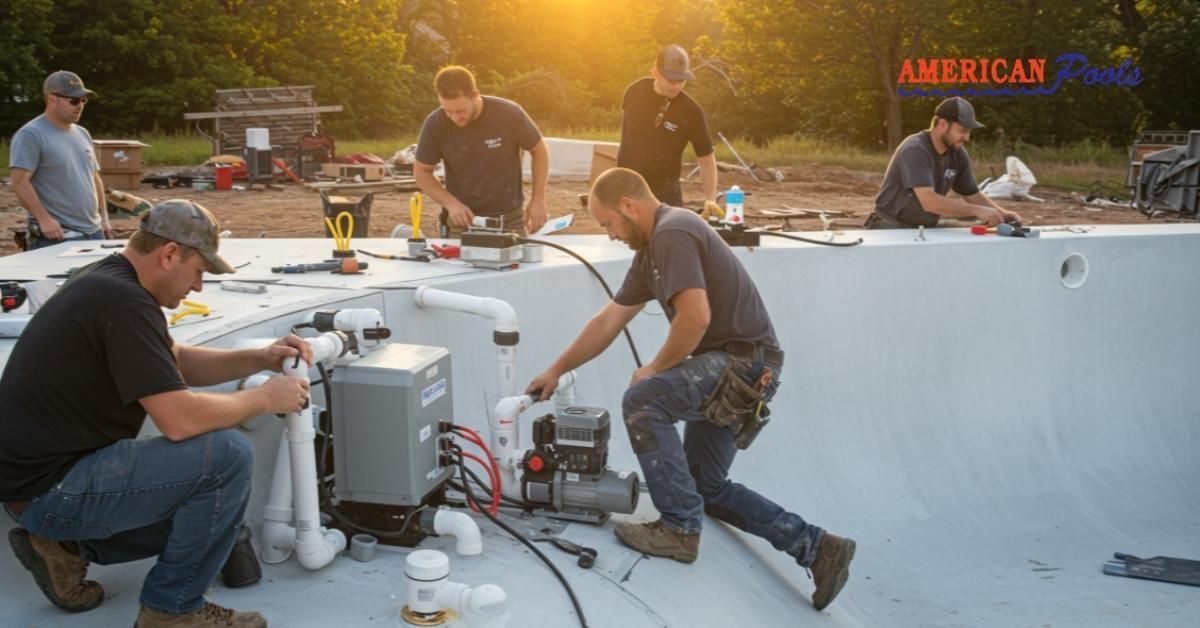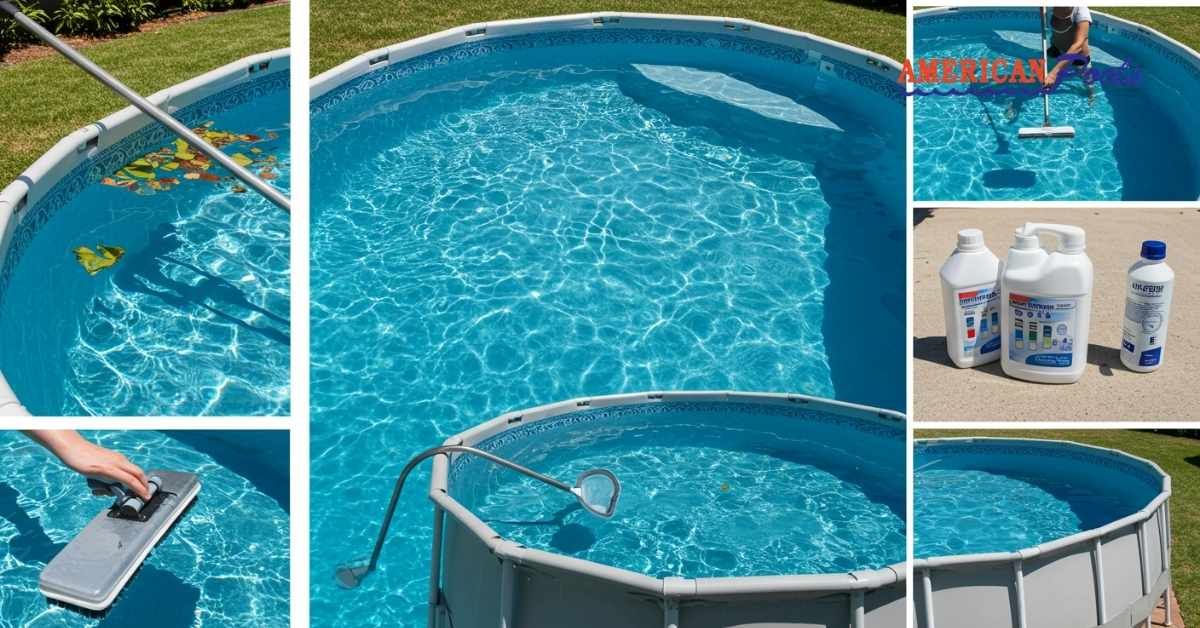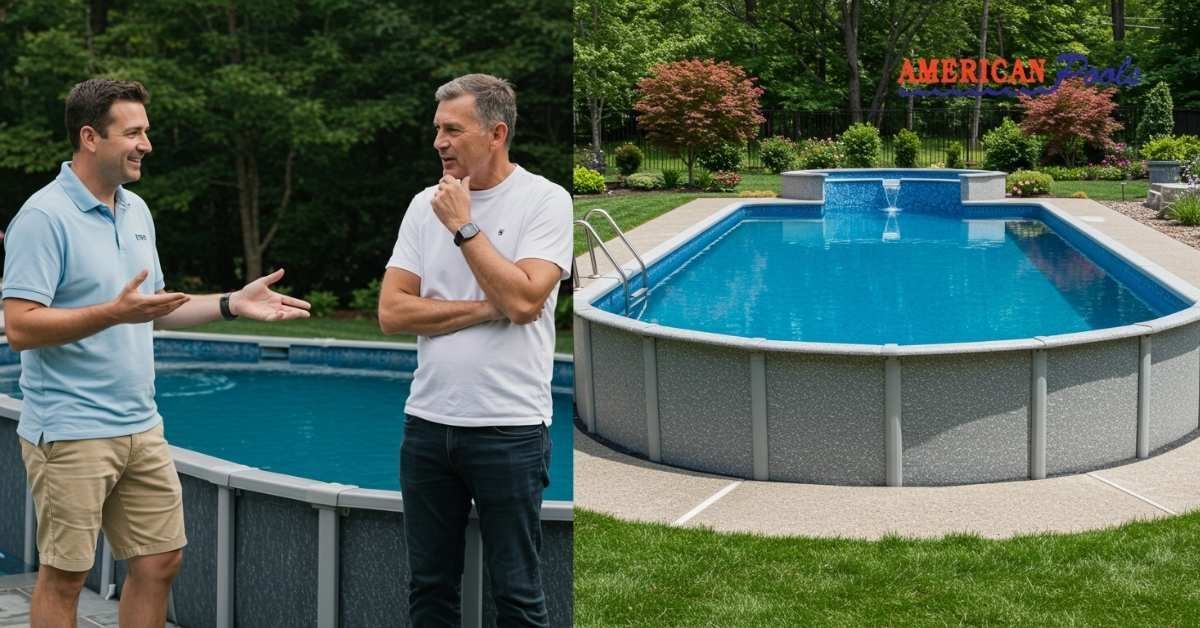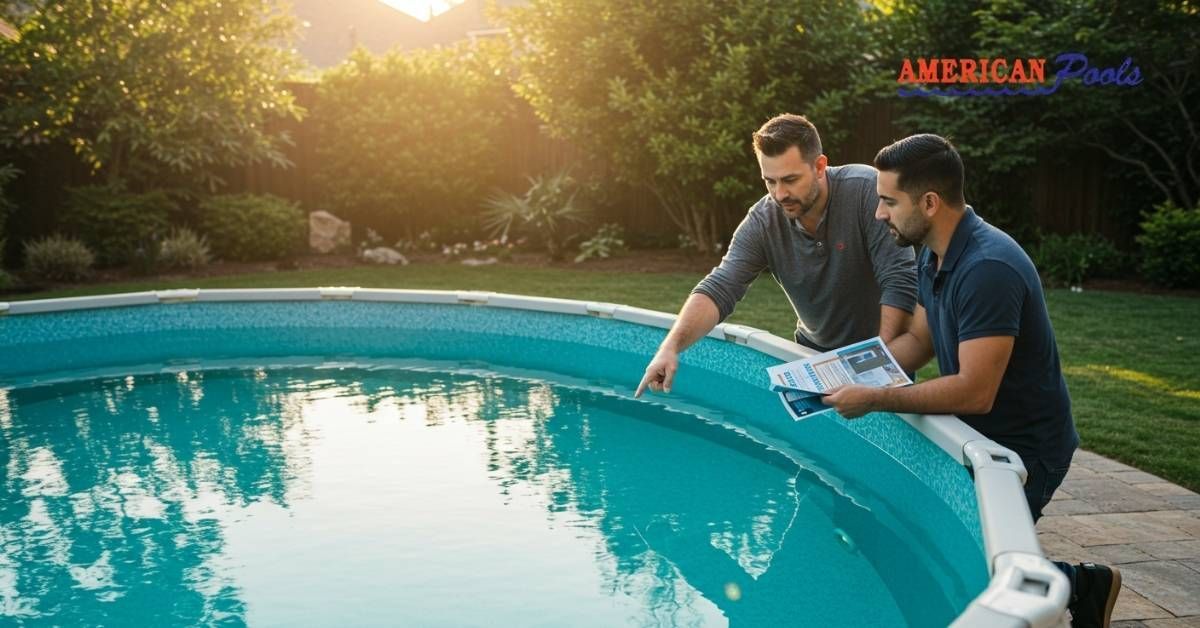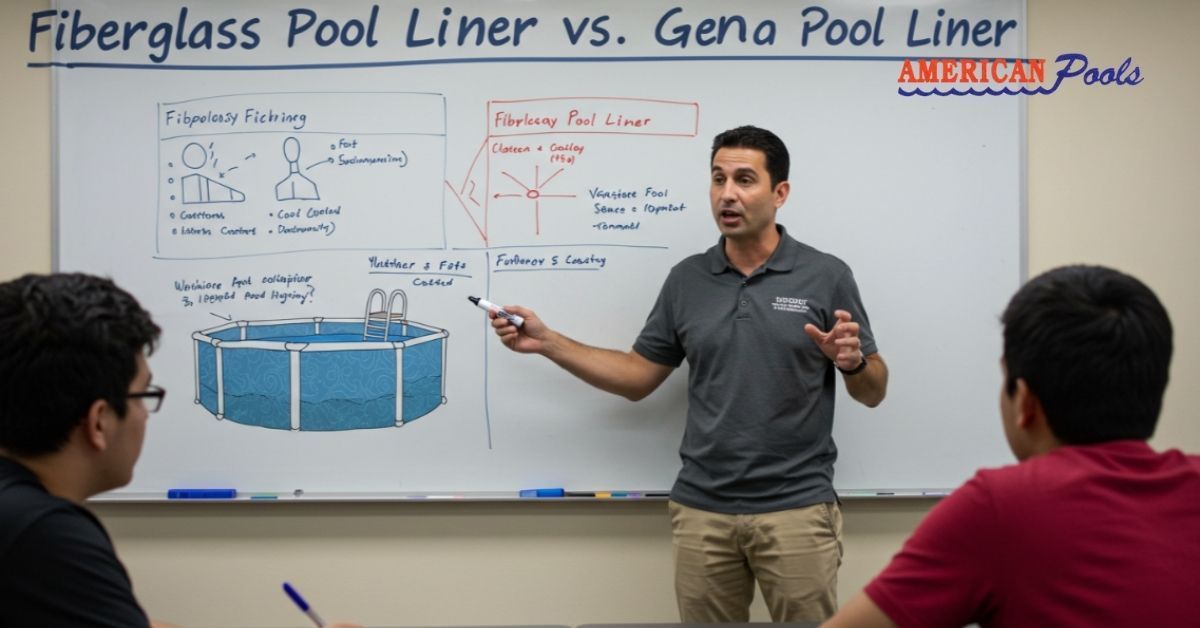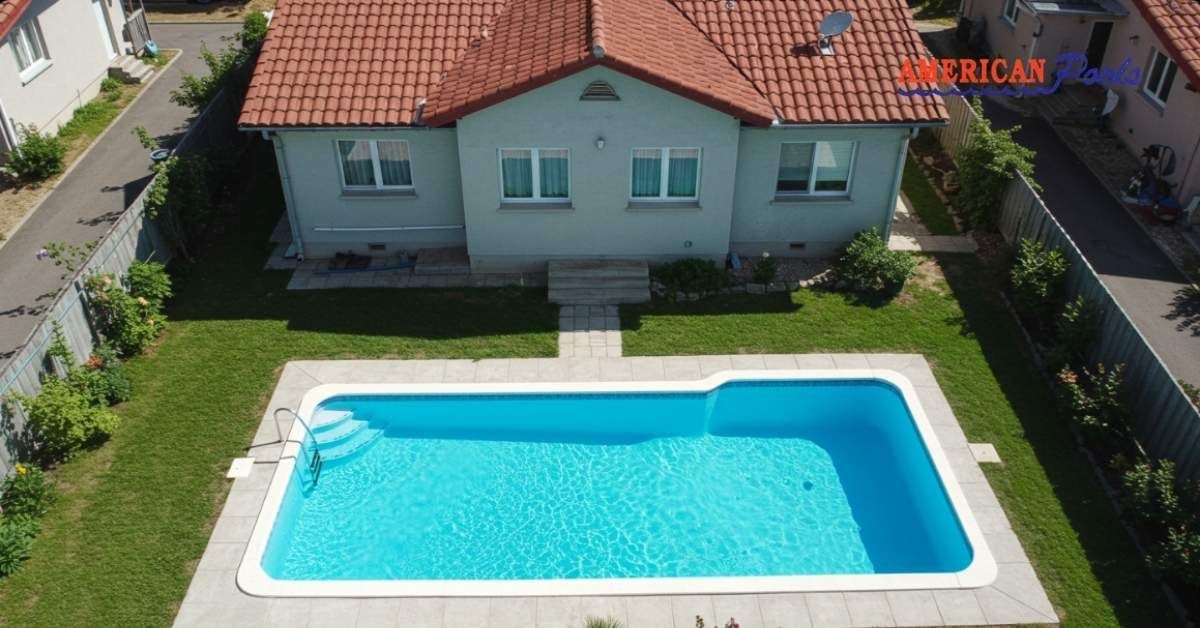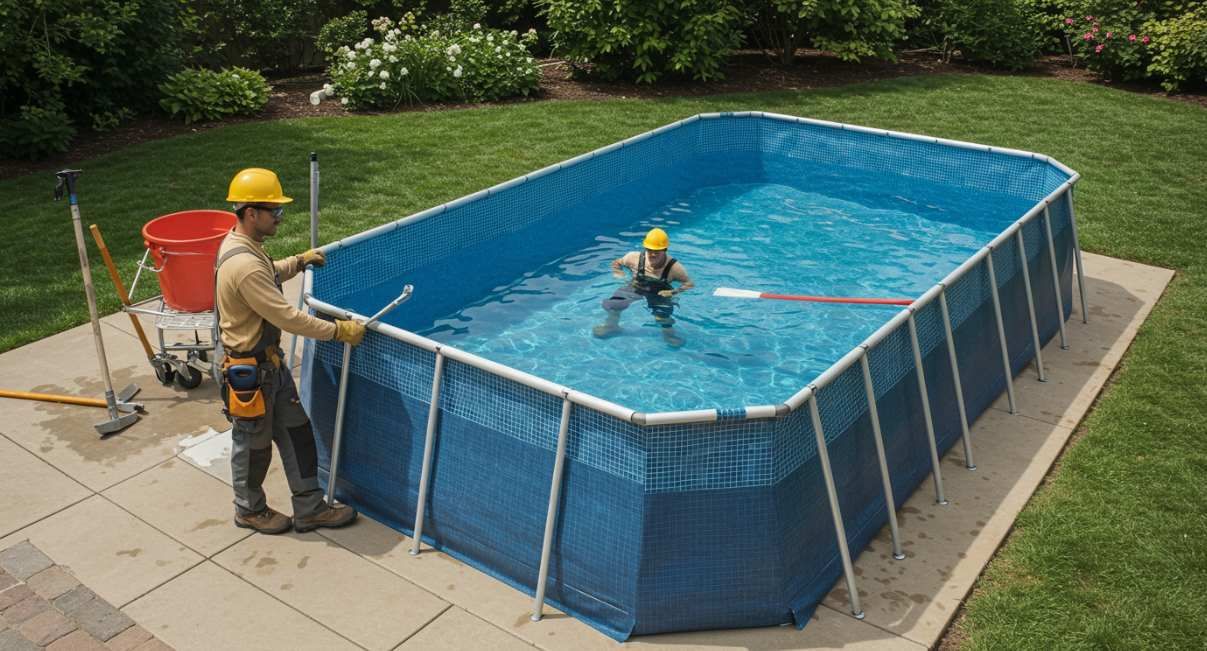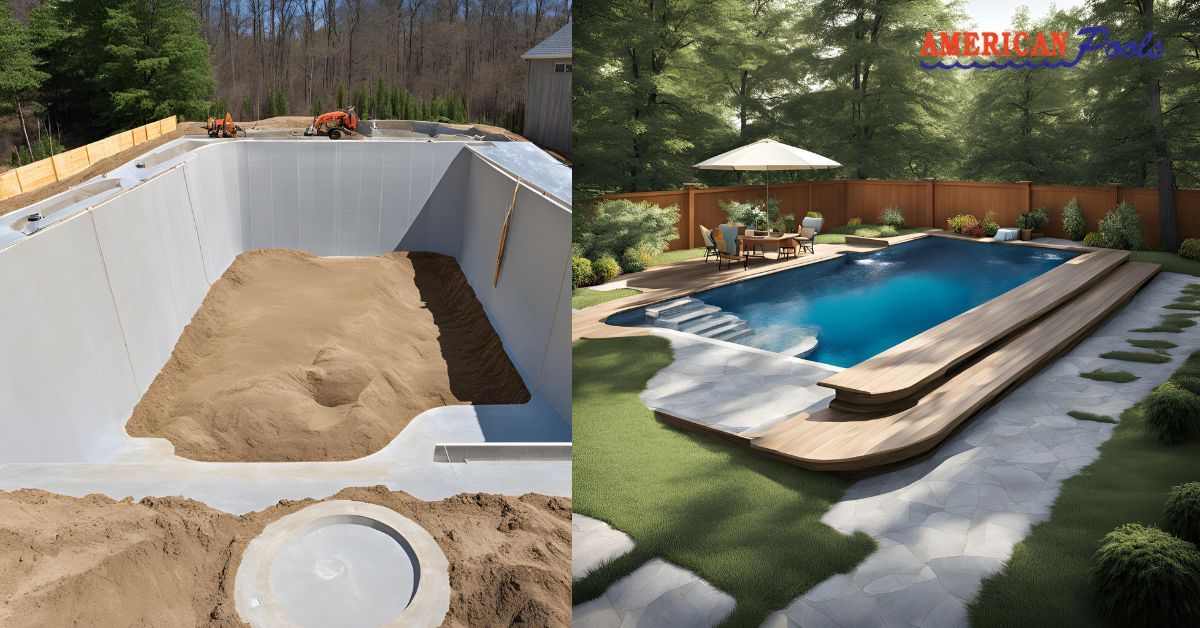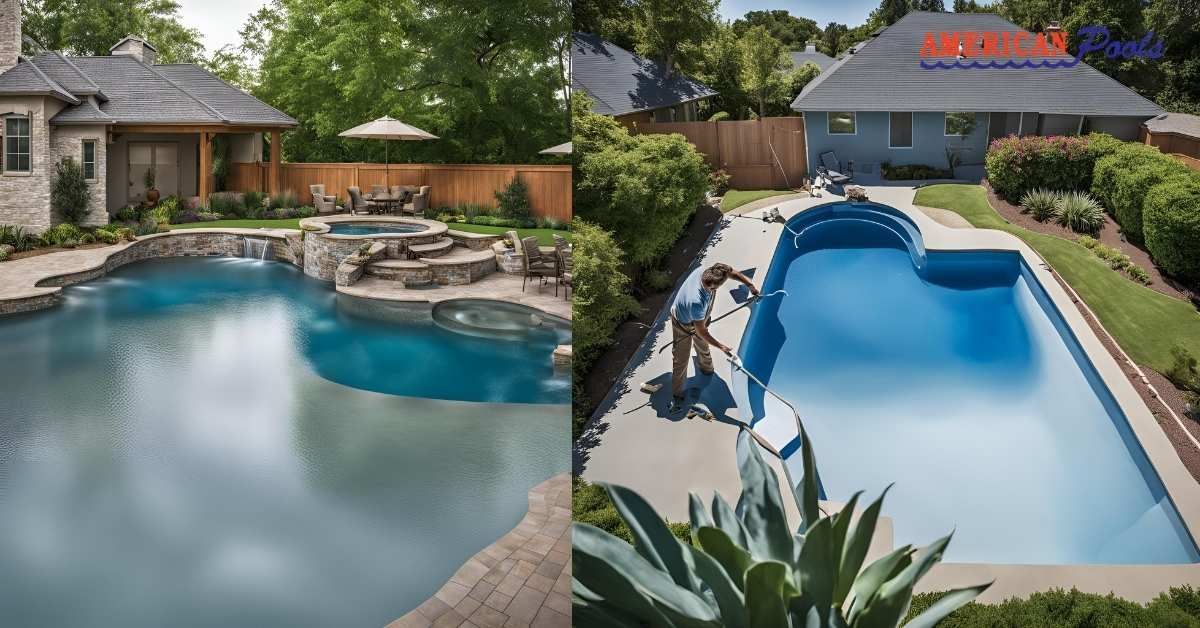Can You Install a Fiberglass Pool Yourself?
Installing a fiberglass pool yourself is an attractive idea, especially considering the potential savings. However, this DIY project presents unique challenges that require careful planning, the right tools, and specialized skills. Let’s examine what it takes to build your fiberglass pool and whether it’s the right choice for you.
Understanding Fiberglass Pools
Fiberglass pools are prefabricated structures designed for durability and quick installation. Unlike concrete pools, which require extensive on-site construction, fiberglass pools arrive as a single shell ready for placement. This pre-engineered design makes them a popular choice among homeowners.
Why Consider Fiberglass Pools?
- Durability: Fiberglass pools resist cracking and require less maintenance over time.
- Quick Installation: The streamlined process makes them faster to install compared to concrete or vinyl liner pools.
- Smooth Surface: The non-porous material resists algae growth, reducing cleaning efforts.
If your existing fiberglass pool needs restoration, our fiberglass pool resurfacing services can give it a fresh and long-lasting finish.
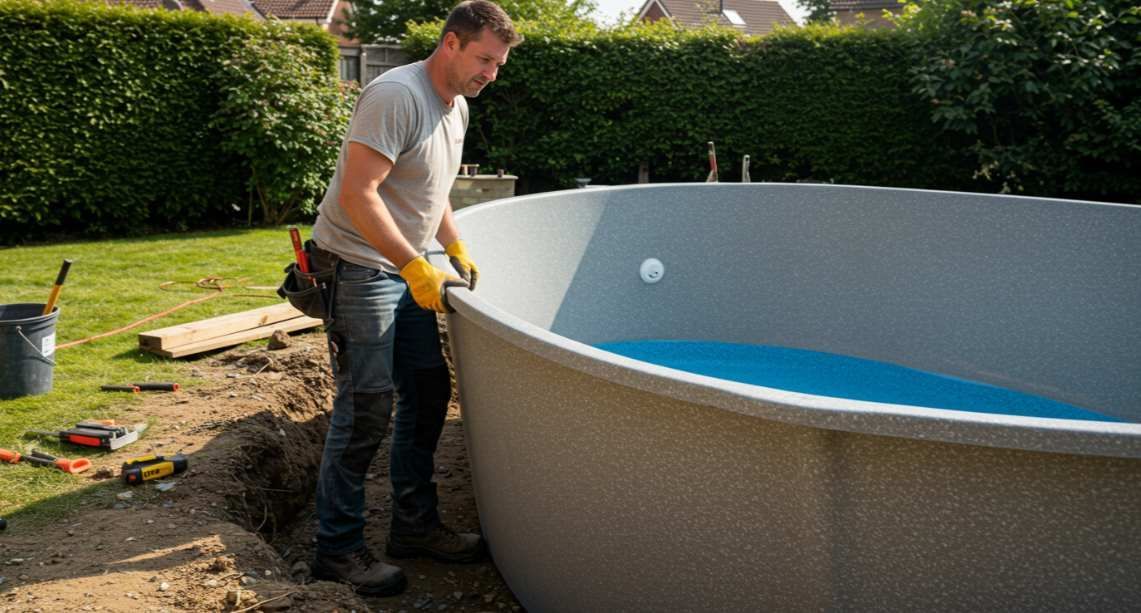
Is DIY Pool Installation Feasible?
Skills You’ll Need
- Excavation Experience: Digging and preparing the site requires precision.
- Plumbing Knowledge: Proper pipe installation ensures smooth operation.
- Leveling Expertise: Achieving a perfect level pool is critical to avoid future issues.
Essential Tools and Equipment
- Excavator or backhoe
- Crane for pool placement
- Gravel for backfill
- Plumbing materials
- Concrete or pavers for decking
Local Permits and Codes
Navigating permits and complying with local building codes are crucial steps. Missing these requirements can delay your project. To simplify the process, consult experts in fiberglass pool installation.
Steps to Install a Fiberglass Pool Yourself
1. Preparing the Site
- Clear the area of obstacles such as trees, fences, and landscaping.
- Obtain necessary permits from your local zoning and building departments.
- Plan your pool layout, including deck placement and drainage.
2. Excavation
- Use the dig sheet provided by the pool manufacturer to create a precise hole.
- Avoid over digging, as it increases costs for backfill materials and labor.
- Leave space for plumbing and accessories.
3. Pool Delivery and Placement
- Coordinate with the delivery team to ensure the fiberglass pool shell arrives on time.
- Use a crane to lift and position the pool into the excavated hole.
- Check levels and adjust the base as needed before proceeding.
4. Plumbing and Backfilling
- Install skimmer boxes, suction fittings, and return lines with PVC pipes.
- Begin backfilling with gravel while simultaneously filling the pool with water to maintain balance.
- Ensure plumbing is secure and follows the manufacturer’s recommendations.
5. Reinforcement and Bond Beam
- Add rebar reinforcement around the pool’s perimeter.
- Pour an 8-inch-thick concrete collar to lock the pool in place and stabilize the decking area.
6. Coping and Deck Installation
- Install coping stones or pavers for a polished look.
- Complete the decking with concrete, pavers, or other materials.
- Incorporate landscaping or fencing to enhance your backyard.
7. Final Adjustments and Setup
- Clean the pool and remove any debris.
- Install filtration equipment, including pumps and filters, to ensure proper operation.
- Test the system and ensure everything is functioning correctly. If issues arise, consider our fiberglass pool repair services for professional assistance.
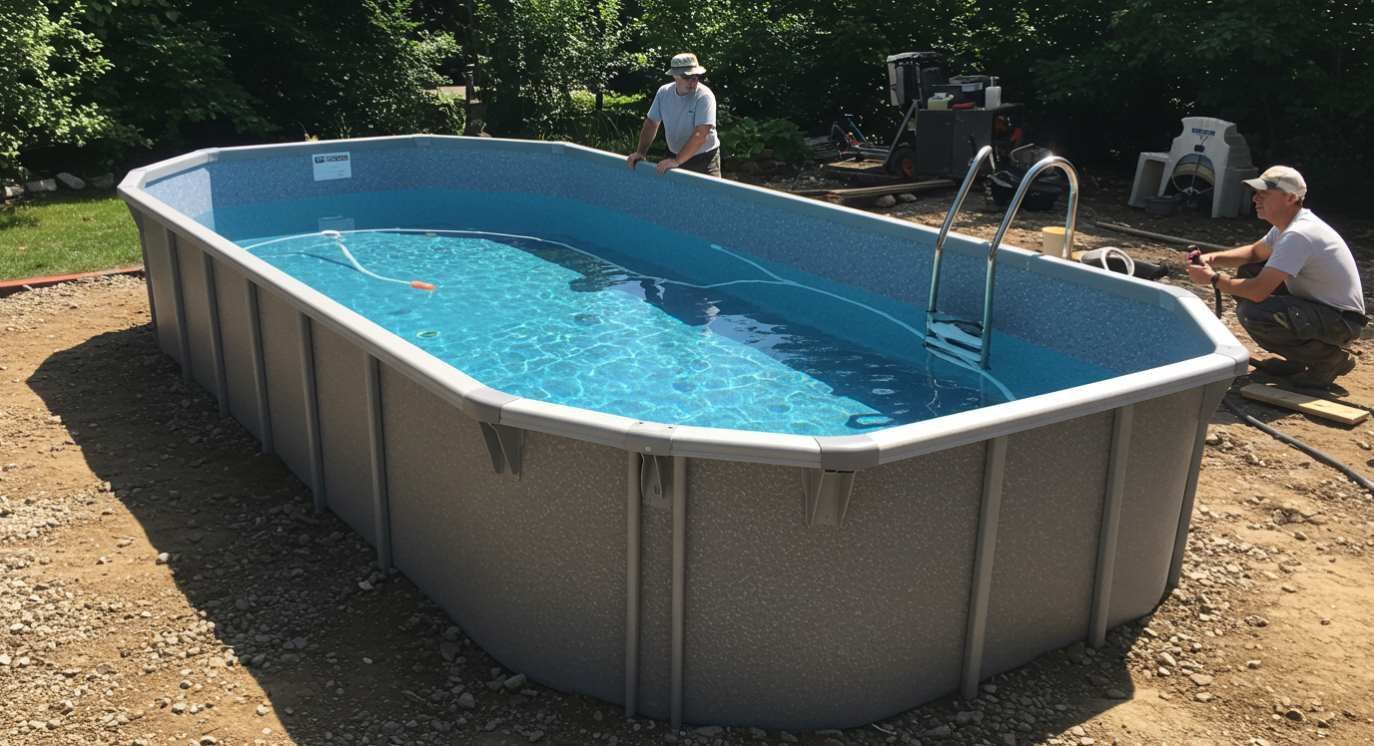
Challenges and Risks
Leveling the Pool
One of the most common issues with DIY fiberglass pool installations is achieving a perfectly level pool. This step requires patience and precision.
Improper Plumbing
Incorrect plumbing can lead to leaks or poor circulation, affecting water quality and filtration.
Backfill Issues
Using the wrong backfill material or improper compaction can cause the pool to shift or settle over time.
Cost Analysis: DIY vs Professional Installation
DIY Installation Costs
- Excavation equipment rental: $2,000 per week
- Crane rental: $1,000 per day
- Gravel for backfill: $1,000–$2,000
- Plumbing materials: $300–$600
- Filtration equipment: $700–$1,200
- Water delivery: $700–$1,200
Professional Installation Costs
Hiring a professional to install a fiberglass pool typically costs between $55,000 and $100,000, depending on the pool size and additional features.
Savings vs. Risks
While a DIY project can save $6,000–$10,000, mistakes in installation can lead to higher long-term costs, including repairs and maintenance. For a smooth experience, explore professional services for fiberglass pool installation.
Common Mistakes to Avoid
- Overdigging the site which increases material and labor costs.
- Failing to account for soil conditions leading to instability.
- Ignoring drainage, which can cause flooding or water damage.
When to Hire a Professional
Complex Site Conditions
If your yard has poor access, uneven terrain, or unstable soil, professional expertise is essential.
Time Constraints
DIY installations require significant time and effort. Professionals can complete the job more efficiently.
Ensuring Quality
Hiring experts ensures your pool meets safety and quality standards. For trusted services like
fiberglass pool installation,
resurfacing, or even baptismal resurfacing, working with experienced professionals is always a smart choice.
Conclusion
So, can you install a fiberglass pool yourself? Yes, but it’s not without risks. DIY fiberglass pool installation demands skills, time, and attention to detail. While the potential savings are appealing, the challenges can lead to unexpected expenses.
If you want a stress-free experience, consider hiring professionals like American Fiberglass Pools. From resurfacing to baptismal resurfacing and expert installations, our team ensures quality and durability.
Frequently Asked Questions
Can a Beginner Install a Fiberglass Pool?
While possible, beginners face steep learning curves. Proper preparation and research are vital.
How Long Does It Take to Install a Fiberglass Pool Yourself?
DIY installations typically take 2–6 weeks, depending on experience and site conditions.
What Are the Most Common DIY Pitfalls?
Leveling issues, improper plumbing, and overdigging are the most frequent challenges.

